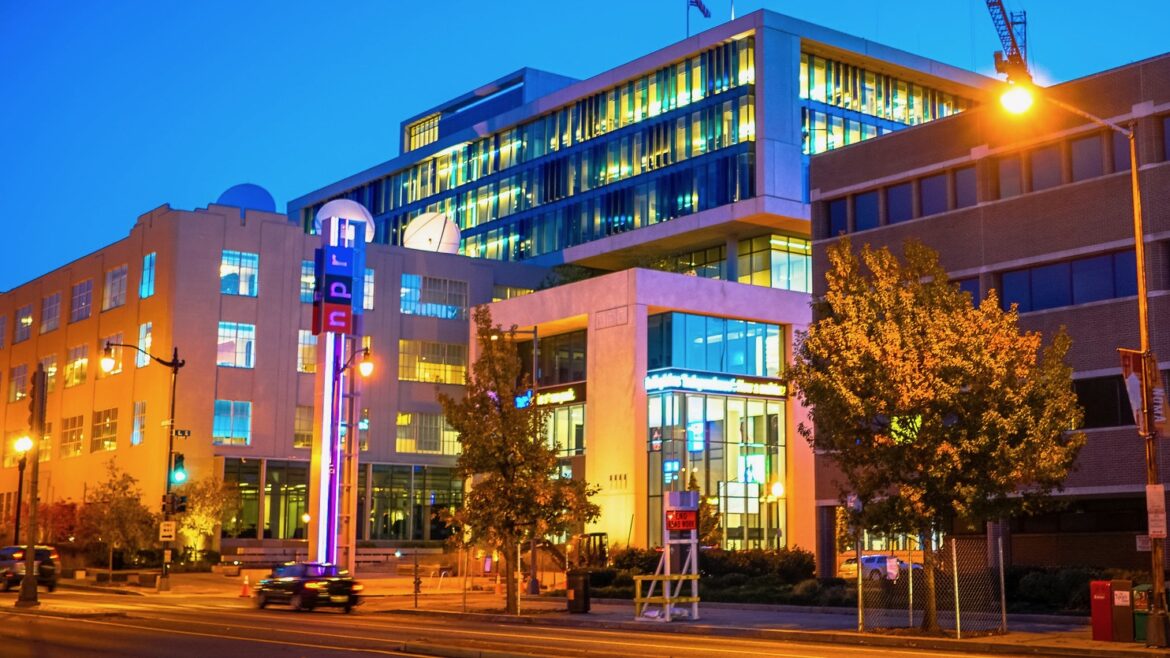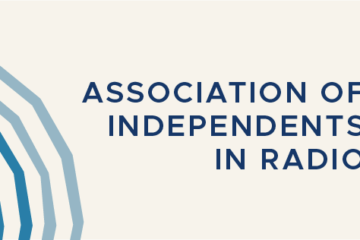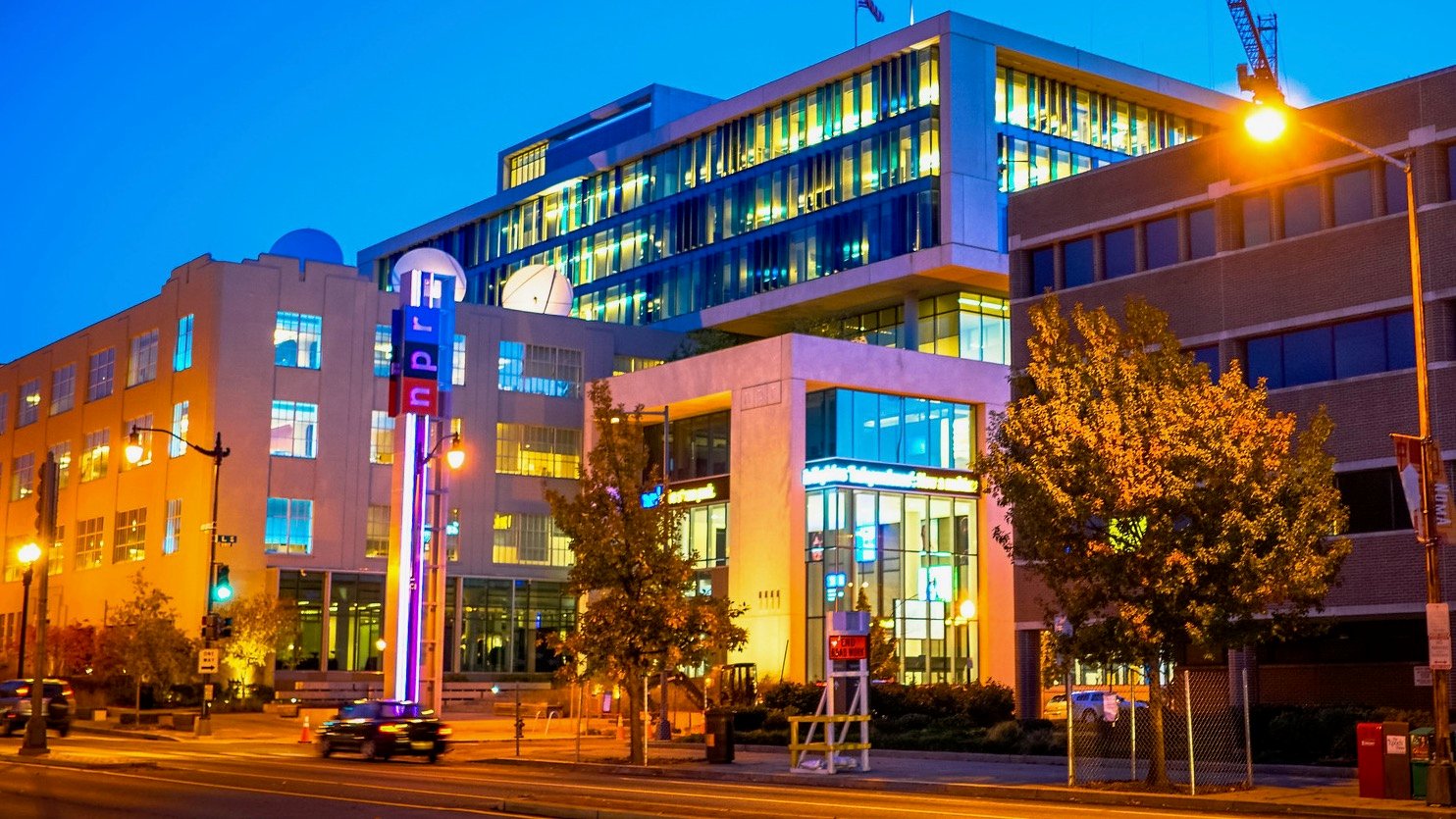NPR will distribute $1.2 million to stations, but not everyone is thrilled

Ted Eytan / via Creative Commons
NPR member stations will receive their first share of revenue next month derived from direct donations to NPR and paid subscriptions to the network’s podcasts.
The funds come from programs that are part of the NPR Network initiative to boost digital revenue and donors to stations. As part of a plan approved by its board last year, NPR is required to give stations half of the net revenue it receives from the NPR Network donation page on its platforms and 20% of net revenue from single-podcast subscriptions through its NPR+ program. All 248 NPR members will receive a share this year of $1.26 million.
Not all station executives are pleased with the initiative, citing concerns that NPR is investing too much into digital initiatives at the expense of broadcast services. Still, NPR’s Joel Sucherman, VP of audio platform strategy, said he sees it as “really exciting” to “essentially give a dividend back to shareholders, give money back to our station partners.”
Half of the $1.26 million will be divided equally among member stations, with each receiving about $2,500. The other half will be distributed proportionally among 85 member stations whose reductions in core NPR fees for fiscal year 2023 hit a 4% cap. Of that portion, the median share among the stations will be $5,200.
Under a model adopted in 2019, NPR adjusts stations’ fees based on their membership revenue. The distribution acknowledges that the 85 stations “didn’t see the full amount of the decrease that they would see if there had not been a cap,” said John Stefany, NPR’s director of network solutions.
Once NPR determined that it ended the fiscal year with net income from the two digital initiatives, members of the NPR board’s membership committee and the Joint NPR Network Leadership Team, a group that includes station leaders, met to discuss the formula for distributing revenue to stations, Stefany said. The same formula will be used next year.
“The assumption is we’ll try for two years, and then we’ll reevaluate from there,” Stefany said.
The payout comes from NPR Network donations received from November 2022 through September and NPR+ single-podcast subscription income from May 2022 through September.
NPR declined to share the gross revenue raised during those periods. It arrives at the net revenue sum after subtracting platform and credit card processing fees. It also subtracts “payments to podcast producers and permissible NPR staff expenses” from the NPR+ gross income, according to a slide deck NPR shared with Current.
Finding a ‘balance’
Kerry Swanson, COO of KUOW in Seattle and president of Western States Public Radio, said he’s “thrilled” that NPR can distribute revenue to stations.
“The fact that there’s enough money that now can be distributed bodes well for the future,” he said.
But he believes that the money could have a greater impact if it were invested into something the system could collectively benefit from, “like AI research or more reporting,” he said.
“In some ways, it’s a large amount,” he said. “But then when you divide it up against all the stations, it’s rather small.”
As WSPR president, Swanson said, he’s heard other concerns from stations about the NPR Network initiative. Some WSPR members have said it puts too much emphasis on the network’s digital future and not enough on broadcast priorities, a concern for some stations that are seeing declines in their broadcast audiences.
“And if you’re at a station that’s less-resourced, you’re looking more to the network for help in building up broadcast audience,” he said.
Swanson said he doesn’t necessarily agree that NPR isn’t providing enough broadcast resources. “I think that we have to invest in what the future is going to be,” he said. “But at less-resourced stations, that’s a really tough choice to make from their perspective.”
As a small radio station, KANW in Albuquerque, N.M., does benefit from a $2,500 payout, said Development Director Heidi Brown. “But it’s not like it’s going to buy a translator or something like that,” she said.
Brown said she’s not a fan of the NPR Network initiative, which she sees as a “revenue grab.”
“The network donation button, it just makes me want to scream every time I see it,” she said. “… If it were really all about supporting the stations, you wouldn’t be grabbing revenue from stations to go directly to the NPR Network.”
She said NPR needs to “find a balance in supporting digital and radio” and believes NPR could have used its investment in the NPR Network to promote stations instead.
“NPR has many rural stations where digital is not huge,” she said. “… Maybe one day, we will all be big into digital, but drive one hour from Albuquerque in any direction … and you lose cell service. Internet service is also an issue.”
“I think digital is important, but you can’t put everything in digital because not everybody’s there,” she said.
Encouraging signs
Stations have received about $800,000 in revenue from people donating to them through the donation page on NPR’s website, said Adrienne Brown, NPR’s VP of development operations and services. That amount is a conservative estimate because NPR is not able to track all of the donations that go through the form, she said.
NPR is also sharing leads from donations made through the NPR Network donation option.
The NPR podcast bundle, which requires subscribers to donate directly to member stations, has also seen encouraging results, Sucherman said.
“Most of the donations are coming in above the minimum to be able to access the NPR+ bundle,” he said. Donors who give $8 a month or $96 a year to a station can access NPR’s podcasts ad-free.
Additionally, nearly two-thirds of bundle subscribers are new donors to stations, and the majority are annual sustainers.
“The idea that we’re leveraging digital assets to bring new donors to public radio is doing exactly what we had hoped that it would do,” he said.





